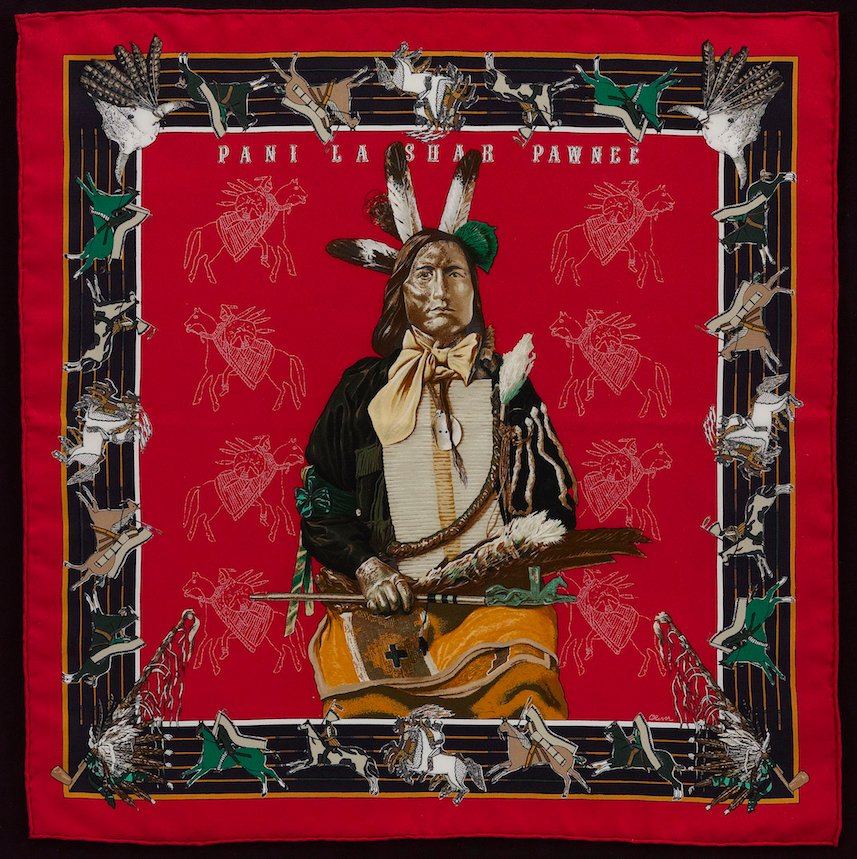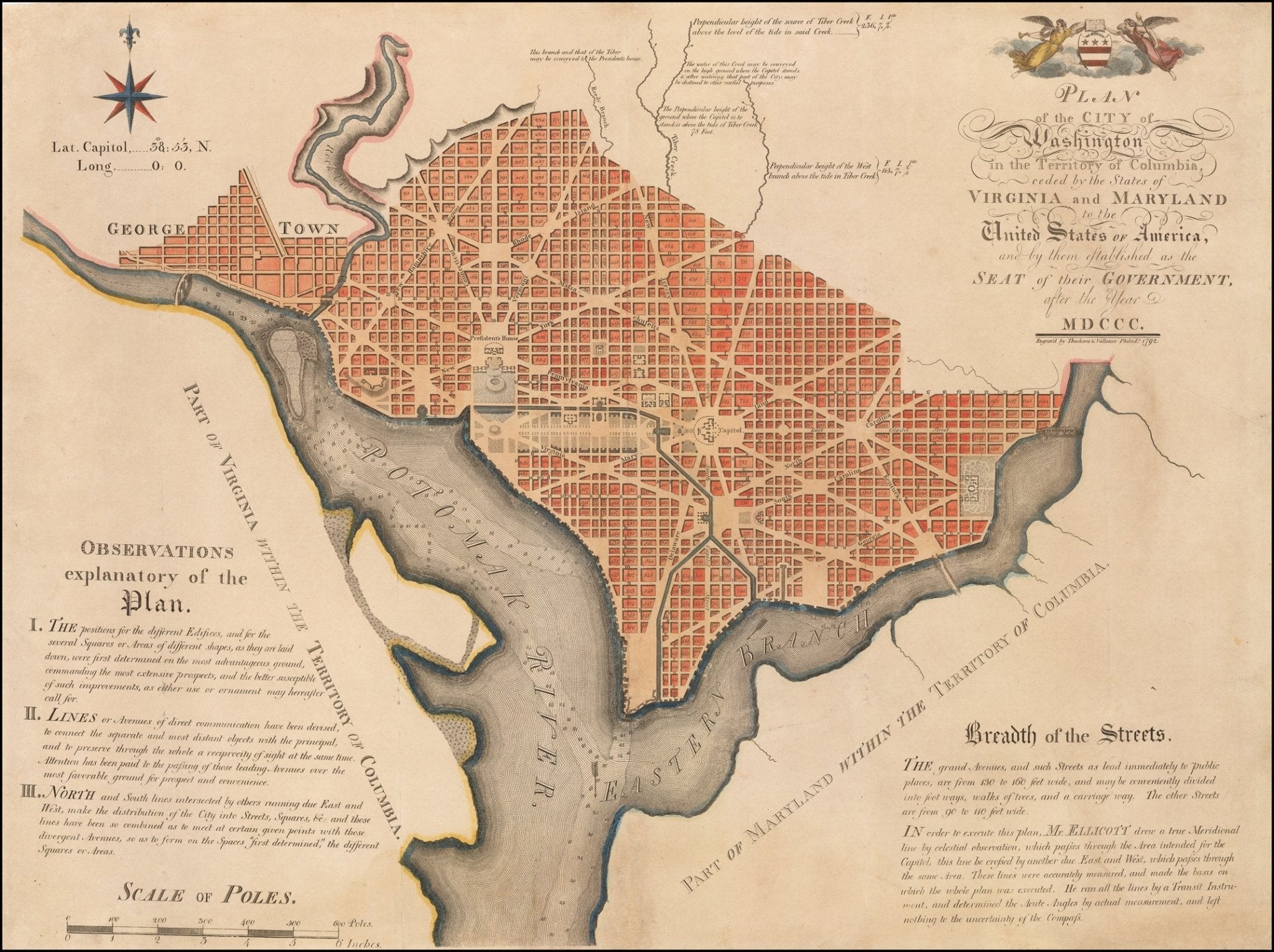The 50th Anniversary of Apollo 11
Apollo 11 changed history. In the heat of the Space Race, the United States NASA program sent the first men to the Moon. Blasting off on July 16th, 1969 from Cape Kennedy, Florida, the Saturn V rocket carried the Apollo 11 crew on their groundbreaking trip to the surface of the Moon.
Project Apollo
By the late 1950s, the United States was engaged in the Cold War with the Soviet Union. Tensions were high and space exploration became a matter of competition between the two nations. Labeled the Space Race, the rivalry between the U.S. and the Soviet Union became centered around reaching the Moon. The Soviet Union took the first step in 1957 with Sputnik 1, the first artificial Earth satellite. Following this, the United States made it their mission to put the first men on the Moon.
President John F. Kennedy delivered a formal speech in 1961, following his recent election to the presidency, stating his intent to place a man on the Moon: "I believe that this nation should commit itself to achieving the goal, before this decade is out, of landing a man on the Moon and returning him safely to the Earth. No single space project in this period will be more impressive to mankind, or more important for the long-range exploration of space; and none will be so difficult or expensive to accomplish."
This national effort set in motion by Kennedy was named Project Apollo. Following President Dwight D. Eisenhower’s Project Mercury, which put the first American astronauts in space, Apollo 11 successfully fulfilled the manned mission to the Moon. The many Apollo missions, while not always successful, gave the United States a closer step towards reaching their goal. NASA embraced the challenge and funded research and training to ensure a safe and successful journey by Apollo 11.
We Have Liftoff
Apollo 11 departed from the NASA Kennedy Space Center in Florida on July 16th of 1969. The crew was made up of Neil Armstrong, Edwin "Buzz" Aldrin, and Michael Collins. The primary goal of the mission was to both perform a crewed lunar landing and to safely return to Earth after it all. The mission also had other objectives, including scientific exploration by lunar module, deployment of a film camera to transmit a live signal to Earth, to deploy a solar wind experiment, and to return with lunar-surface materials.
"That's one small step for man, one giant leap for mankind.”
On July 20, 1969, Neil Armstrong was the first to step on the Moon, with Buzz Aldrin following him a few minutes later. Armstrong's first step onto the lunar surface was broadcasted on live television to a worldwide audience. The world watched in awe as they witnessed the first experience with the Lunar surface. Astronauts Armstrong and Aldrin spent a total of 21 hours and 36 minutes on the surface of the Moon. Armstrong remarkably described the event as "one small step for man, one giant leap for mankind.” Apollo 11 effectively ended the Space Race and fulfilled the national goal proposed by President John F. Kennedy in 1961.
50 Years Later
Now in 2019, we celebrate the 50th anniversary of that groundbreaking trip to the Moon. Following the success of Apollo 11, the gates were opened for further research and lunar visits. On July 24th of 1969, the Apollo 11 crew splash landed out in the Pacific Ocean. This proved that both a successful Lunar landing was possible, and that the entire mission could be safe and feasible under the circumstances. Nowadays, NASA looks ahead to the future of space travel, rumoring that another landing could be possible within the next few years.
Take this 50th anniversary to honor the innovation of NASA's space program and to honor the the astronauts that went to the Moon all those years ago. Happy 50th anniversary, Apollo 11! Shop Apollo 11 and space-themed items HERE.





